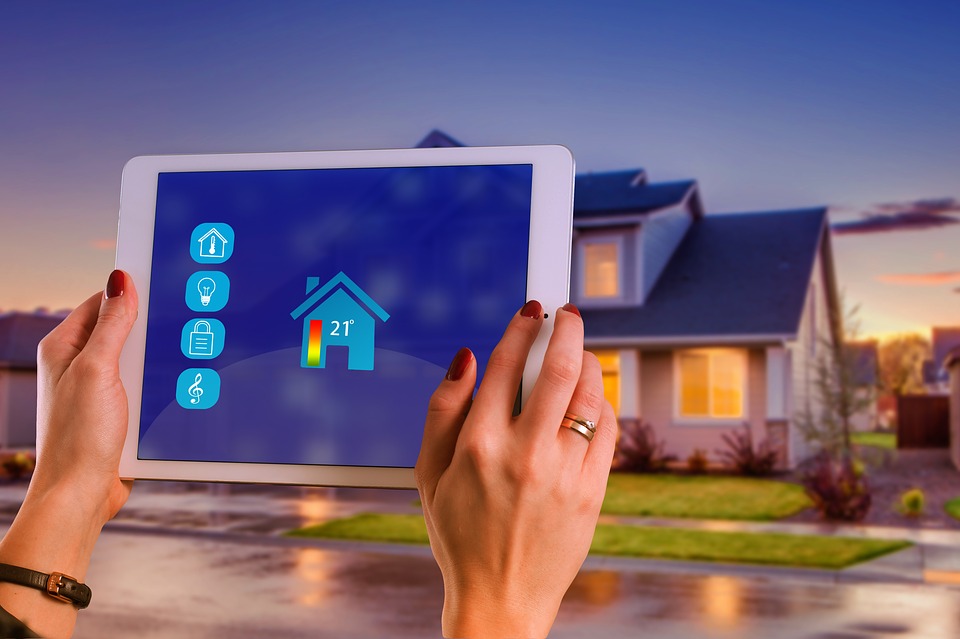Smart thermostat for predictive indoor climate control
Project abstract
Many classical heating systems, such as electric heaters or gas boilers are controlled by a thermostat. Replacing the thermostat with a more sophisticated IoT based controller that allows predictive control and enables the use and optimization of time schedules saves significant amounts of energy in a more cost-effective way than replacing the entire system with a more efficient one.

The developement of the prototype device is divided into the following mini projects. They could be studied independently (only certain mini project), sequentially (mini project by mini project) or could be divided between a team of students (every student one task), based on the students’ preferences.
Mini projects
- The first step towards the smart thermostat control device is to define required hardware and software configuration which enables the development of the first prototype. It is required to consider all required sensors (temperature, CO2 level, humidity), relay module allowing the control of the heating device and user interface for selection of the desired comfort parameters in form of schedules (different daily and nigh regime). The user interface could be a physical device (screen) or could be implemented as a web or mobile application. As a platform for the development Raspberry Pi microcomputer could be used.
- One of the most promising control algorithms for achieving considerable energy savings in buildings is model predictive control (MPC). The first step towards its deployment is identification of mathematical model of a building zone (room). For experiment, one of the zones in FER skyscraper will be used. To get the input data for identification of mathematical model of a building (by using already developed routines by LARES researchers) it is necessary to define experiment which ensures the zone temperature to be excited enough. The heating device should be turned on and off with predefined frequency. After the data from experiment is collected, it is required to combine the data with meteorological measurements from FER skyscraper rooftop and feed the data into the routine for identification of mathematical model.
- With known model of the building zone, it is required to develop MPC based control algorithm which could be deployed on the selected development platform. The performance of the controller should first be tested on simulation data within MATLAB or Python environment. To enable its deployment on the prototype device it is necessary to ensure operational weather forecast support. Once weather forecast is ensured, the developed control algorithm should be deployed and tested in on-line operation.
- As an upgrade and step towards making the prototype device more commercial it is required to upgrade the prototype with automatized procedures for identification of the mathematical model and selection of the required zone excitation routines. This way the average users would be able to buy a smart device able to parametrize and learn the model on its own.
Additional information
- Number of students: 1-3
- Keywords: smart buildings, FER skyscraper smart control, weather forecast, meteorological station, database, smart software solutions
- Useful links:
- Google nest controller: www
.nest .com - Zippato controller: https://www.zipato.com/
- HubController: https://newsite.hubcontrols.com/
- Google nest controller: www



 Pristupačnost
Pristupačnost